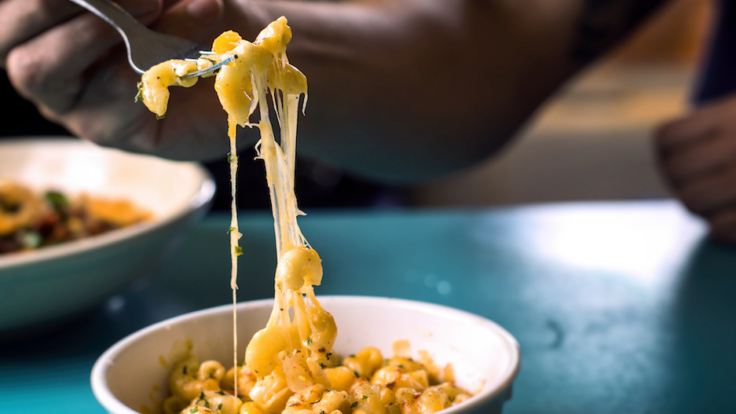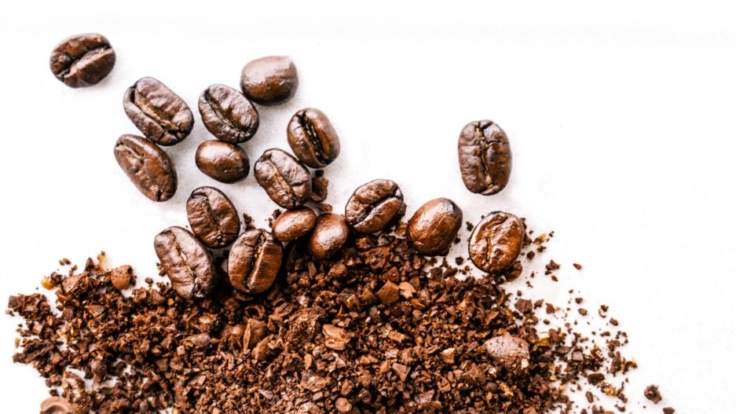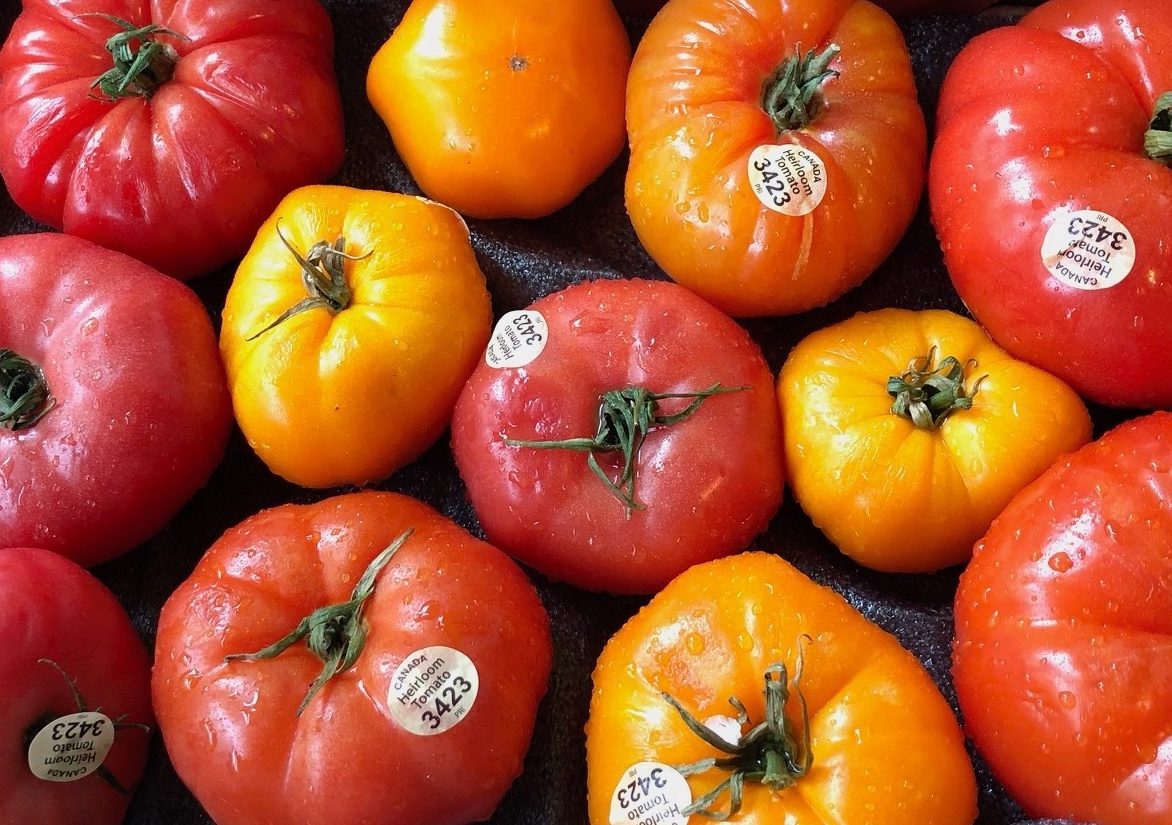Cheddar is America’s Favorite Cheese. Thanks Britain.
Few Americans associate cheddar cheese with its ancestral home: Cheddar, in Somerset County, Britain. The name Cheddar, originally designating a unique geographic location, evolved into a generic description as the cheese was produced all over the world. And therein lies the heart of a modern trade dispute over “geographical indications,” or GIs for short.







